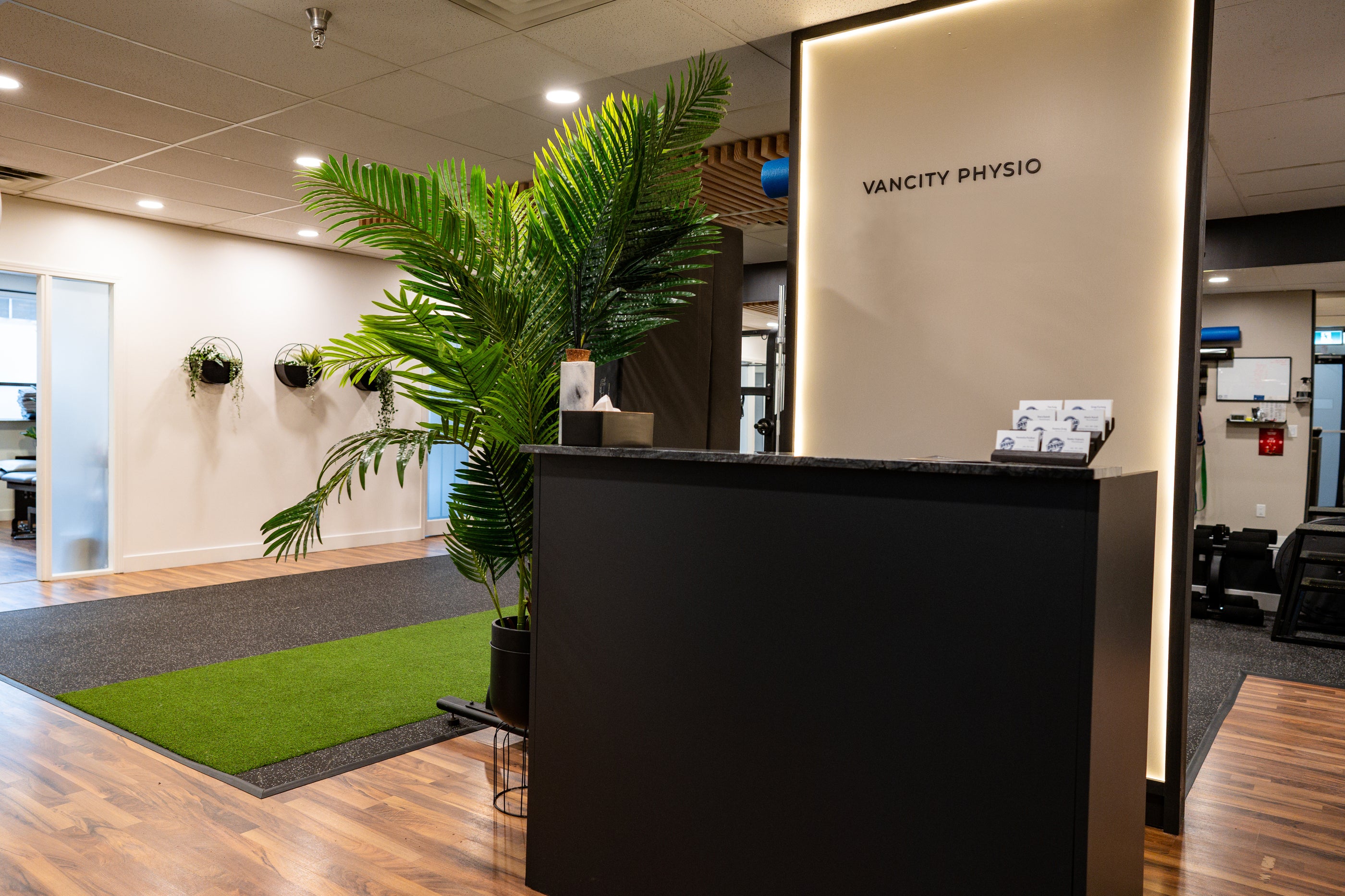A while back, I read a blog that included the line “sitting is the new smoking.” Though it’s a sensational statement and obviously an exaggeration to equate the two actions, it did highlight the potential damage prolonged sitting can have on athletic performance.
The average Canadian sits for six to eight hours per day. In this time, our hips become tight, our hamstrings are stuck in a contracted position and we can develop anterior pelvic tilt – a condition where our pelvis becomes rotated forward causing our spine to curve. When it comes time to get active, all of these issues can compound to cause injury and chronic pain. Here are some of the ways excessive sitting can impact on our bodies.
Muscle and Joint Damage Caused by Sitting
While it’s undoubtedly comfortable, sitting for an extended period of time places a lot of stress on the muscles of the lower back. This causes our spine’s natural arch to become exaggerated, potentially causing a condition called hyperlordosis. Alongside this issue, seating causes our hip flexors to become shortened and tight, limiting our range of motion. For any joggers or resistance trainers, this can cause issues with our gait and our form for exercises such as squatting.
Above the waist, think of how much time we spend as a keyboard and mouse, or holding a phone in our hands as we gaze downwards. This places extra strain on our cervical spine, neck and shoulders, causing many people to develop forward neck position and rounded shoulders. With time, this can cause chronic neck pain or cervical headaches.
So, when sitting is unavoidable, how can a person ensure they’re sitting in a way that’s less damaging? Here are some tips for more posture-friendly sitting.
Don’t Cross Your Legs
Crossing our legs feels comfortable and relaxes our abdominal muscles. Unfortunately, that’s where the benefits end. It can restrict blood flow in one leg and redistributes the weight of our pelvis to the other leg, causing the spine to bend. Try to stick to sitting with both feet on the floor, or cross your legs at the ankles. This ensures the pelvis remains balanced and no damaging effects happen.
Shoulders Back
Did you know VanCity Physio offers posture workshops? As part of these workshops we demonstrate the importance of maintaining a good posture while you sit at your desk. Ensuring your keyboard and mouse are set up close by and your shoulders are back can help to mitigate potential for rounded shoulders and neck problems. Your screen should also be set up at eye level so you aren’t craning downwards to read.
Mix in Some Resistance Training
Strengthening the muscles of the upper back and legs can help to erase the damage caused by extended sitting. To give an example, we encourage clients who spend a lot of time using a mouse to do a lot of upper back exercises such as seated rows, pull-ups and reverse flys. These strengthen and lengthen the muscles of the upper back, helping to reverse the effects of shoulder rounding.
Alarms are Helpful
Consider setting an alarm (or reminder) to get up and walk around each hour. Some smart devices, such as FitBit watches, have this feature baked in as standard. Getting up and moving is key to keeping optimal blood flow, alertness and keeping our muscles loose and limber. An alarm is also useful for checking in on posture. We tend to subconsciously slouch when left alone. An alarm reminds us to maintain good habits that will quickly become second nature.
Ready to Help
Whether you need help with injury, or are looking to put together a killer workout program, VanCity Physio is standing by to assist. To find out more, or book an appointment, contact us and we’ll be happy to help.


